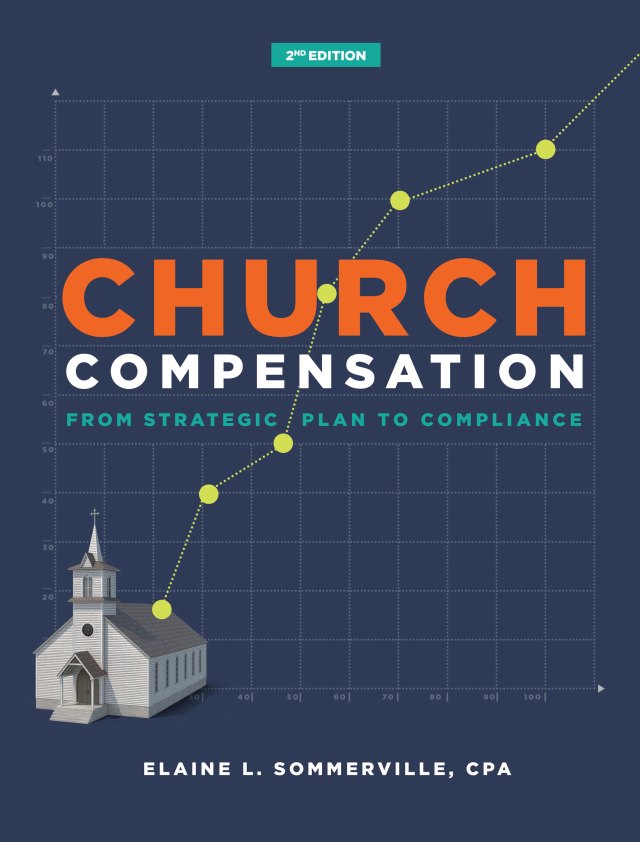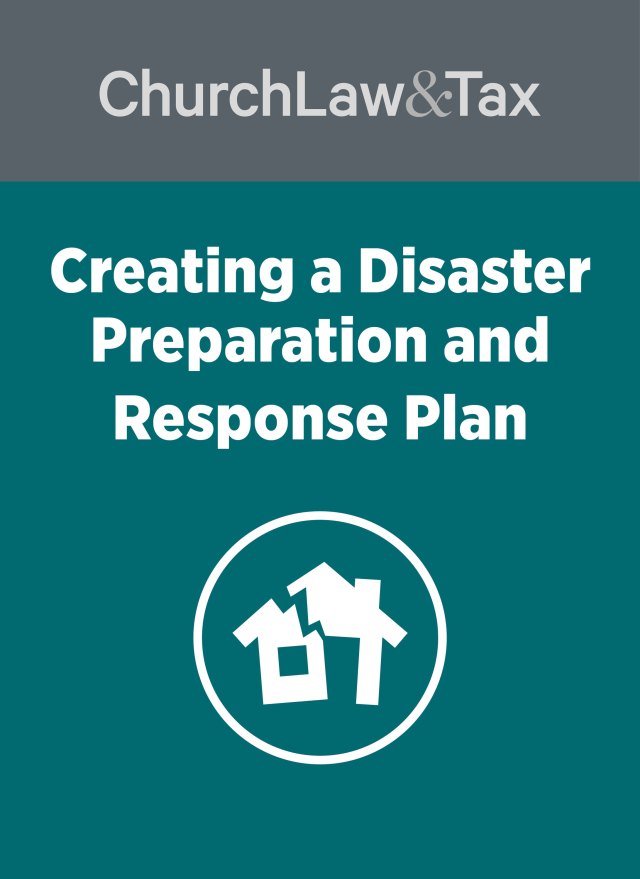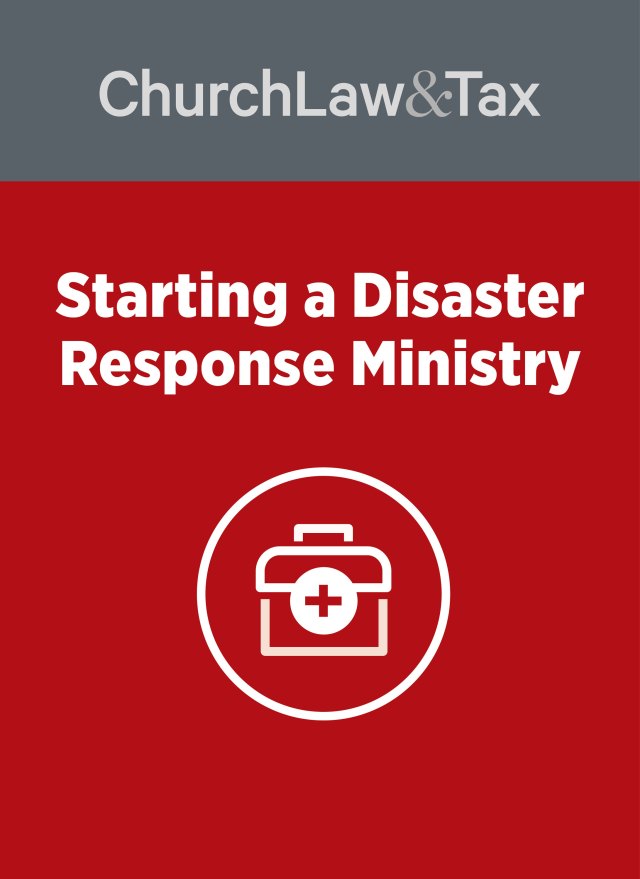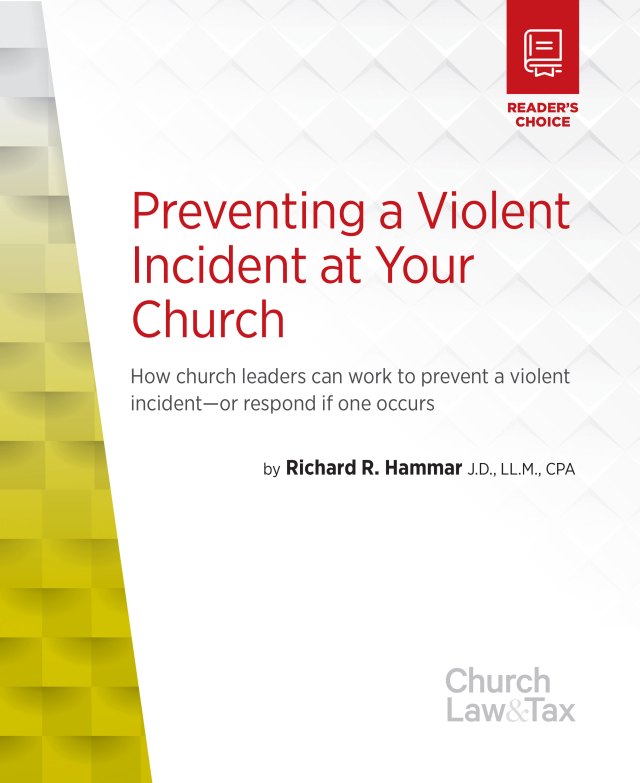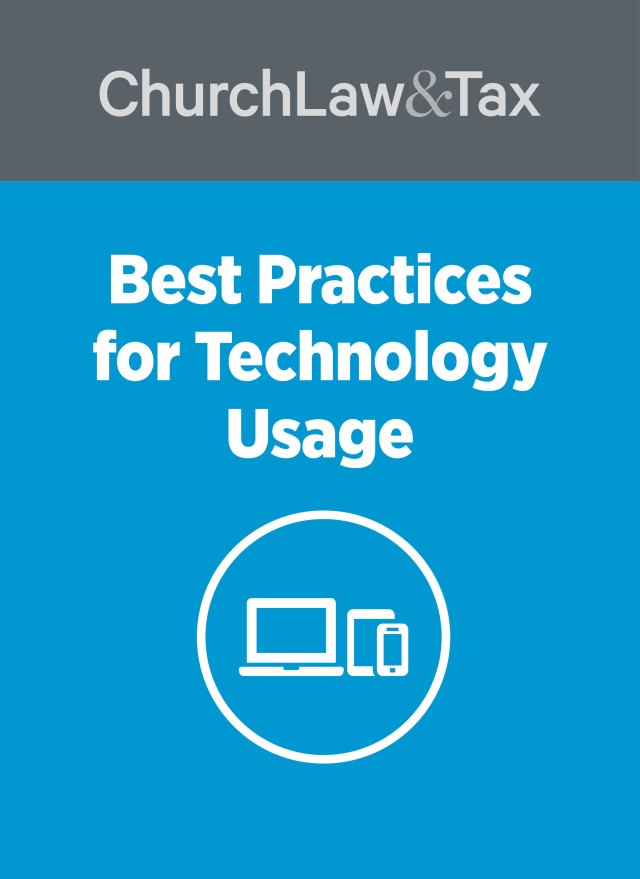If the flu in your area is causing more severe disease, the Centers for Disease Control(CDC) and your local health department may suggest that people avoid close contact with others and avoid attending large gatherings, a practice often called social distancing. These measures are intended to slow the spread of flu. Religious traditions and obligations may make it difficult to implement social distancing measures. However, faith-based and other community groups can do some specific things to help keep their members healthy.
What steps can leaders of religious services or community meetings take if there is an outbreak of flu in my community?
To the extent possible, make decisions in accordance with your state and local health departments about community gatherings and religious services during widespread flu illness in your community. People should not be discouraged from gathering unless advised by public health officials.
Encourage people to wash hands often with soap and water. If soap and water are not available, use an alcohol-based hand rub. If soap and water are not available and alcohol-based products are not allowed, other hand sanitizers that do not contain alcohol may be useful.
Remind people to cover their mouth and nose with a tissue when coughing or sneezing. It may prevent those around them from getting sick.
Reduce crowding as much as possible. People gathering in close proximity may increase the risk of flu transmission.
Identify which activities may increase the chance of spreading flu. Work with your local health department to make decisions about changing or limiting these activities in order to help keep people healthy.
Many religious services and community meetings involve a time of greeting or recognition by shaking hands or hugging. Encouraging interaction without physical contact and implementing social distancing measures may reduce the spread of flu in your community.
Some religious traditions and rituals emphasize eating and drinking from communal dishes and vessels. Flu transmission may be possible in these circumstances. If flu is circulating widely in your community, faith and community leaders may consider adjusting such practices in order to reduce the spread of flu. Check with your local or state health department.
Encourage people with flu-like illness to stay home. The spread of flu may be decreased if people with flu-like illness stay home for at least 24 hours after they are free of fever without the use of fever-reducing medications.
If there is widespread flu illness in your community, discuss the risks of attending gatherings for those at high risk of medical complications from flu. By avoiding gatherings, these individuals may reduce their risk of becoming ill with flu.
Provide alternative options and venues for participation whenever possible for individuals who are ill, home-bound, or have a high risk of flu complications and will not be able to attend gatherings.
This document was produced by the Center for Faith-based and Neighborhood Partnerships at the U.S. Department of Health and Human Services with support from the Centers for Disease Control and Prevention. Used with permission. It is excerpted from the downloadable resource Preparing Your Church for a Pandemic.
